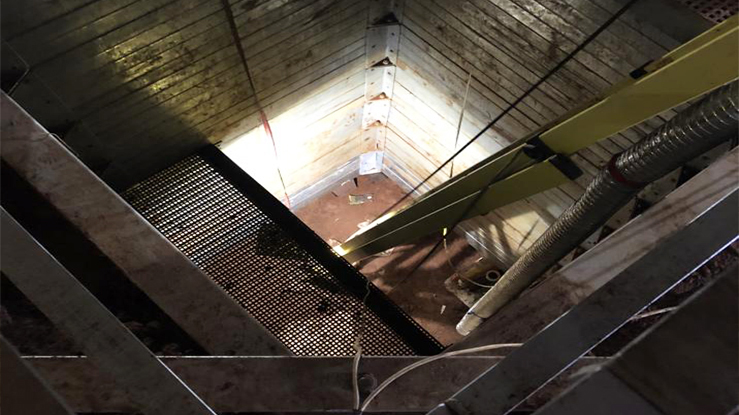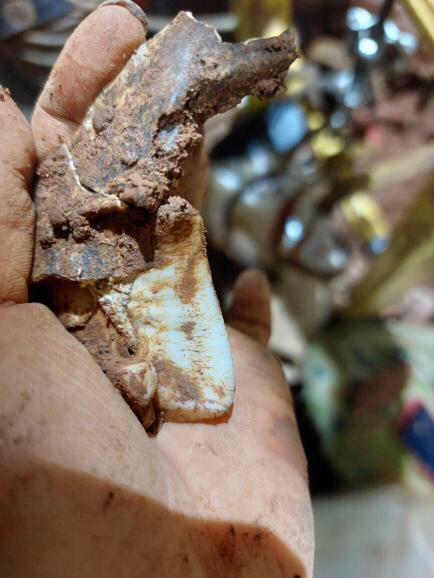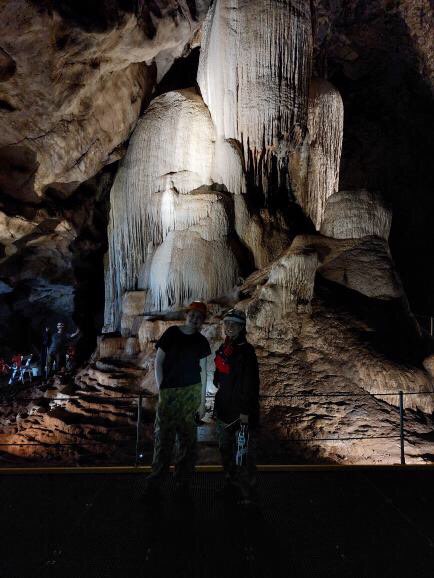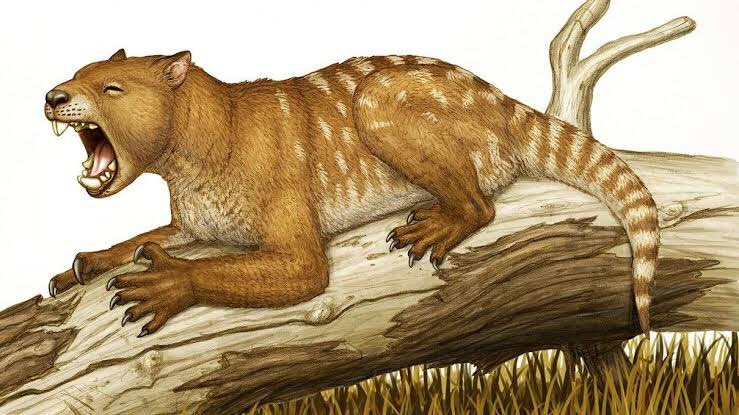Sara, our SAC Palaeontology Star!
Sara, our SAC Palaeontology Star!


James Moore Memorial Prize in Palaeontology
Last year, Year 11 student Sara did St Aloysius College very proud by applying for and winning the James Moore Memorial Prize in Palaeontology. Sara won $400 and the opportunity to participate in a 7-10-day field trip to Wellington Caves in NSW alongside staff and students from Flinders University.
The field trip to Wellington Caves in NSW ran last term with the third-year palaeontology class. Over this time, Sara immersed herself in all of the activities, which ranged from excavating fossils of ancient marsupials in an excavation pit 6 metres down into the floor of Cathedral Cave, to getting muddy, wet and cold sieving mud for bones, to sorting and identifying tiny skeletal remains and cooking for 30 people during a blackout!
Gavin Prideaux, Professor of Palaeontology, reflected: “Sara was a shining star at all times being positive, enthusiastic, kind and helpful: a great team member. The students embraced her as one of their own, taking her under their wings from the start.”
To read Sara‘s ‘James Moore Memorial Prize‘ Submission, click here.
Although some people think Palaeontology is a wasted science as they wrongfully assume it’s in the past and therefore has no relevancy today, it is incredibly important to understanding our modern planet. Palaeontology is principal to the theory of evolution as fossil records show animals that have never been seen and changes in evolutionary patterns over time. Fossil records show us how life has changed over time and how living things responded to climate and landscape change, which help us predict what will happen in our future. Knowing how Earth’s ecosystems functioned millions of years ago allows us to understand how they function today and how they may function in the future.
It would be a great opportunity to take part in an expedition as I am interested in pursuing Palaeontology in university. I have a genuine interest in prehistory and fossils and have found it interesting since I was young. Not only am I interested in palaeontology, but I am also passionate about archaeology, geology, and the fossilisation process. I would be honoured to have the opportunity to help commemorate the memory of James Moore so his passion can remain an inspiration to other young, aspiring Palaeontologists.
-Sara St Aloysius College
SARA’S Reflection of the experience
Last year in May, I was given the opportunity to enter a competition run by the Palaeontology department at Flinders University to win a weeklong trip to a Palaeontological dig site with them. They set up this prize in memory of James Moore, a former student at Flinders who passed away at just 24. I was lucky enough to win this prize and go on the trip with Flinders, and I will never forget the experience.
Our journey was to the Wellington Caves in NSW, an almost thirteen-hour bus ride. We drove for two days, through small towns with names like Manangatang, Rankins springs, Yeoval, and even the town where Banjo Patterson used to live. I was apprehensive at first, because I didn’t know anybody that was going, and they were also all third year Uni students, but after a few hours on the first day, they made me feel so welcome and included. We arrived on the second day at a research station just outside the town of Wellington, where we set up our tents that we would all be living in for the week.
When we were all set up the following day, the first thing I got to do was called wet sieving. It’s a method of separating the sediments like dirt and clay from the fossils inside. The cave that the sediments were from had recently been flooded, so there was a lot of clay and mud left over that we had to sort through. When you excavate, it’s easy to miss fossils that are small like the ones we caught in the sieves, so everyone at the sieves was finding things like vertebrae, femurs, incisors, and teeth, so many teeth! Everything that we excavated and sieved is over 50,000 years old.


You can see some fossils in this photo
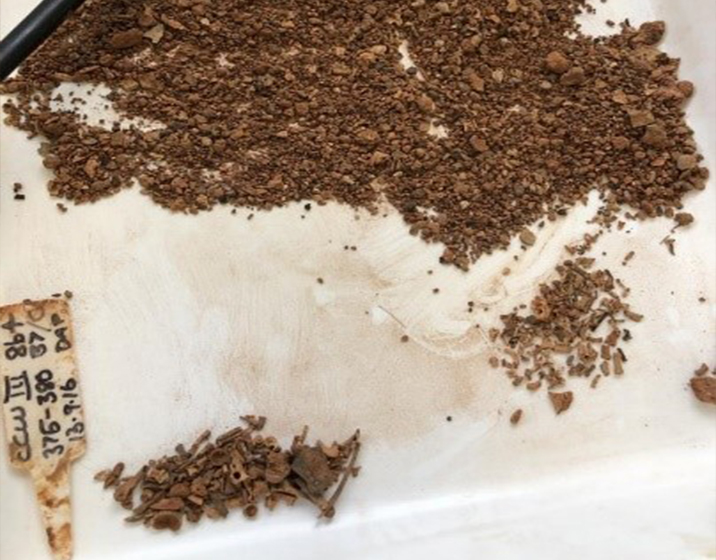

You can see the unsorted pile at the top and the sorted bone pile at the bottom.
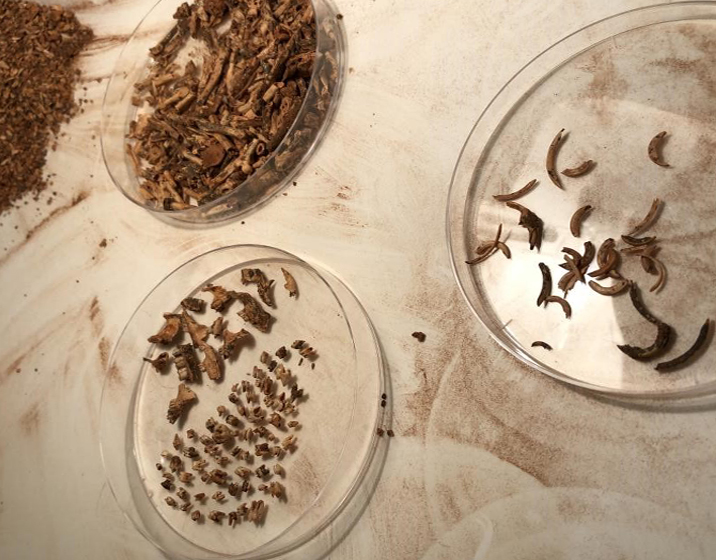

The second activity I did was sorting. This is the step after sieving. The basic idea is to separate all the dirt from the bone and then identify the types of bones you have. It’s tedious, because some of the bones are so small you need a magnifying glass to look at them properly. This was difficult for me because I didn’t know how to correctly identify what bones I had, but everyone was very helpful and helped me to identify what I was sorting through.
The third main activity we did was excavation. This was arguably the most exciting part of the trip and it’s the part that most people think of when I told them I went on a Palaeontology trip. This was where we actually got to dig for fossils. We worked in the Cathedral cave, which is called that because of ‘The Altar’ which is a fifteen-meter tall stalagmite that used to be used for real sermons in the 19th and 20th century. In our groups, we worked in ‘The Pit’ which is a seven-meter-deep excavation shaft next to the altar, which is already 20 or so meters below the surface. We found so many interesting things while excavating, including a bird skull, and the most amazing find in my opinion, was parts of Thylacoleo carnifex, the ancient marsupial lion. It was a large predator of ancient Australia, about the size of a lion, with huge claws and teeth. We found two jaws, a lot of molar teeth, and I uncovered parts of its pelvis bone. Our theory is that there was a Thylacoleo mother we nicknamed Felicia, and her baby that fell down into the cave and unfortunately died. We thought this because a lot of the bones we were finding were considerably smaller than the others, and the teeth were less worn than the larger teeth as well. This was an amazing opportunity and I am inspired to keep studying Palaeontology when I leave school.
SARA Replies ON Why SHE thinkS this program could be great to other students:
I know many students that prefer to learn hands on, and I think it is an amazing way to get people engaged in things they might not have otherwise been able to do. This trip that I went on was something I could have never pictured myself having the opportunity to do, working on an actual Palaeontological dig site. I think opportunities like this one allow students to learn more about what they want to pursue after school, instead of having to enroll in a course they might not enjoy a year later.


